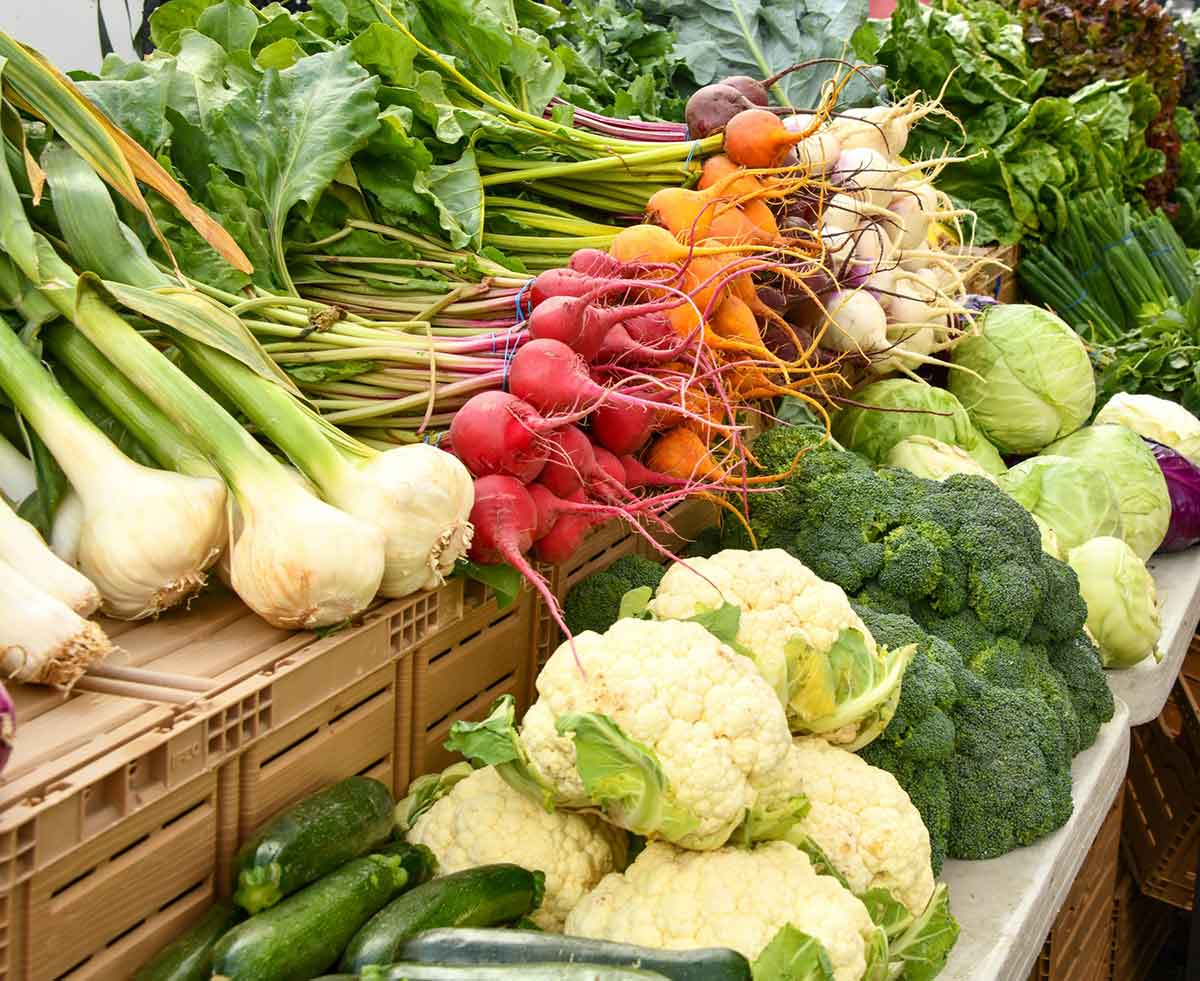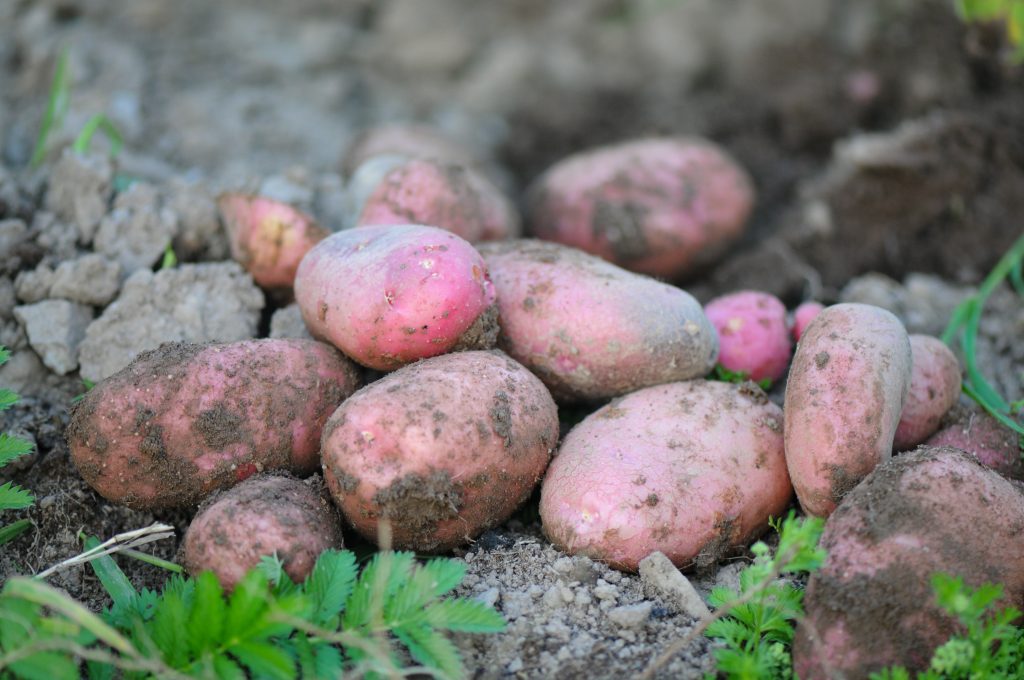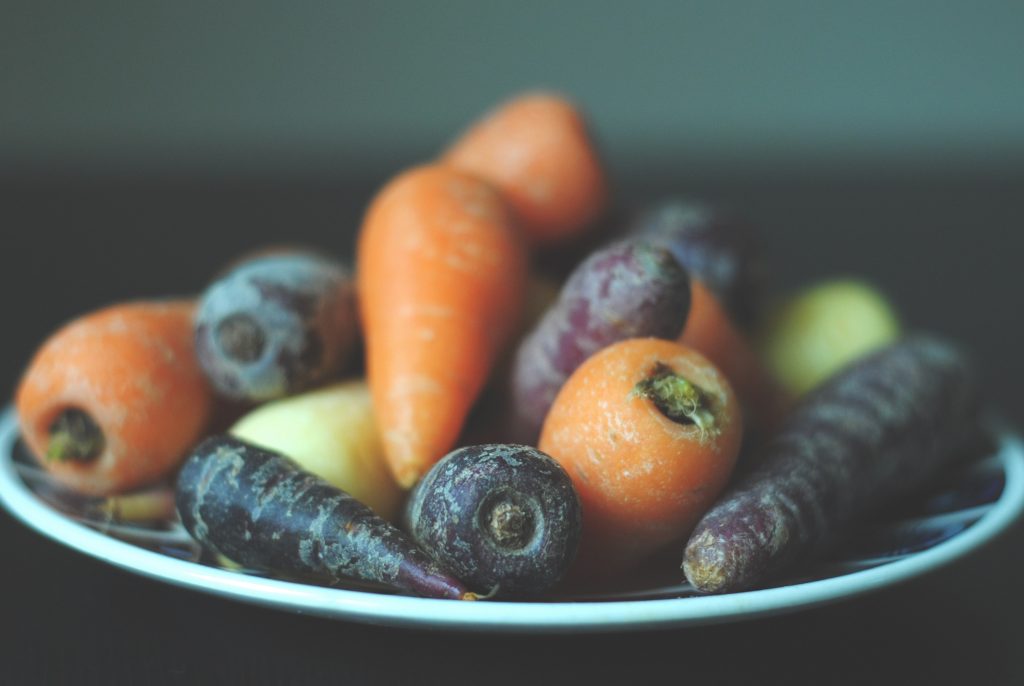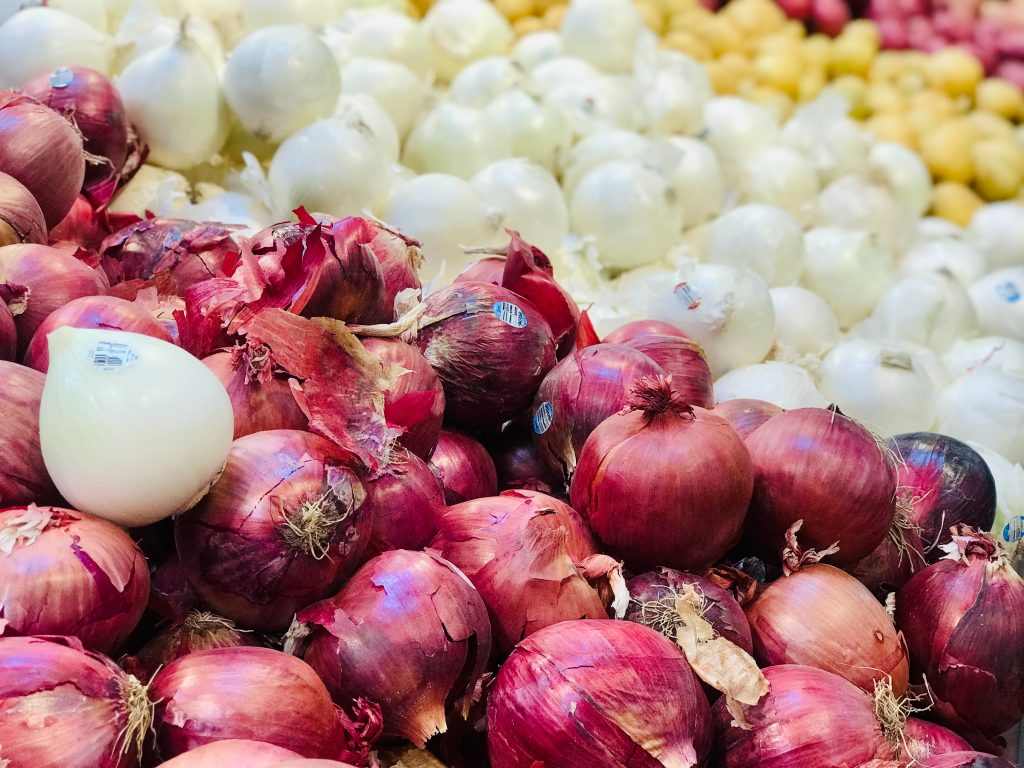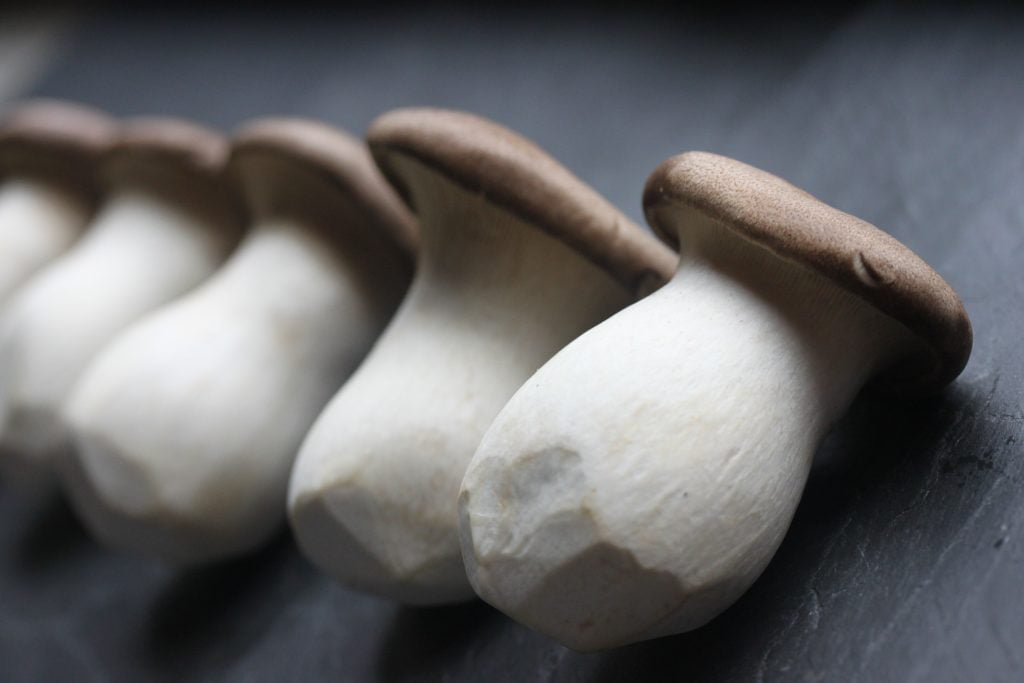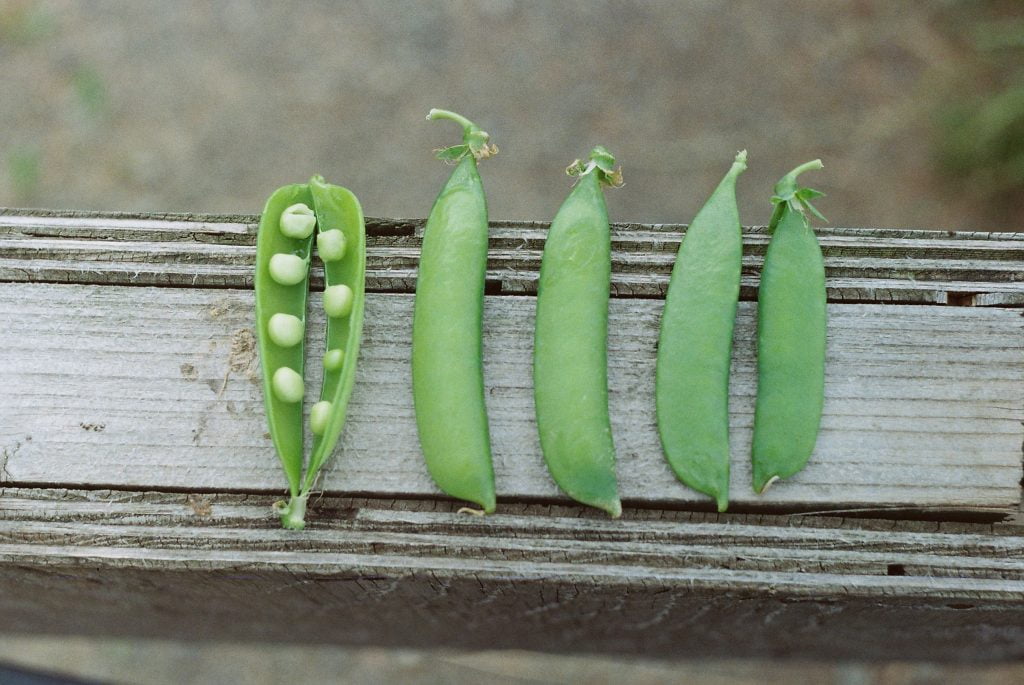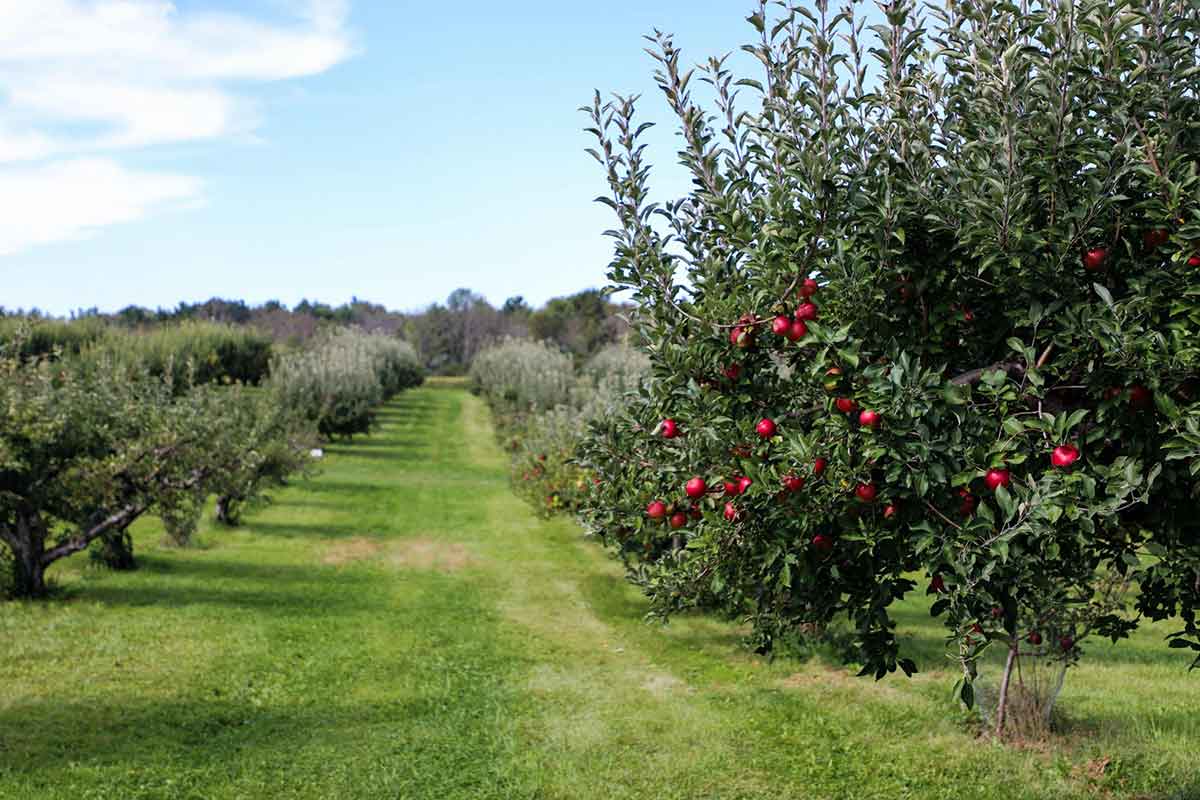The UK grows a large variety of vegetables every year. But which ones are the nation’s favourites? Funnily enough, number 2 and 6 were tomatoes and cucumbers, which are fruit, so we will skip those here, as we take a look at some fun facts about the top five favourite vegetables of the UK.
Potatoes
- Spuds originated in the area of southern Peru and northern Bolivia, and were domesticated for farming approximately 7000-10,000 years ago.
- There are about 5000 species of potatoes, with a vast variety of sizes, shapes and colours. 3000 of these are found in the Andes!
- Potatoes are one of the best carbohydrates for anyone in need of plenty of energy but wanting minimal fat. And tasty in any dish!
- The tubers contain a toxin called solanine, also present in deadly nightshade, henshade, and tobacco, but also in tomatoes and aubergines.
- Despite its current popularity, most Europeans were suspicious of the potato. King Frederick of Prussia was a big fan, but to give potatoes a prestige, he coined them ‘a royal vegetable’, turning them from despised to sought after.
Carrots
- The humble carrot likely originated in Persia, but was first farmed for its leaves and seeds.
- They are a long-lost cousin of dill, coriander, cumin and anise.
- When carrots first came to Spain with the Moors in the 10th century, they were purple, with red and yellow varieties getting a mention in 11th century texts.
- The flowers change sex during their development, from male to female.
- Carrots won’t actually help your night vision. That was a myth propagated by the RAF in the Second World War to cover up the development of radar.
Onions
- Onions are a particularly acidic vegetable, with an average pH of 5.5.
- Traces of onion were found in the eye sockets of the mummy of Ramesses IV, so it appears that they were a part of Ancient Egyptian burial rites.
- Onions have been shown to reduce the imbalance between free radicals and antioxidants in the body, which helps with conditions such as diabetes and osteoporosis.
- On the other hand, onions are toxic to dogs, cats and many other animals. They can also trigger gastric issues in people with pre-existing conditions, such as Irritable Bowel Syndrome.
- The leek was not historically the symbol of Wales. It was more likely to be spring onions that the Welsh pinned to themselves to differentiate themselves from the Anglo-Saxons they fought in the 7th
Mushrooms
- Mushrooms are a great crop for people with no outdoor space, as they will thrive in the dark as well as the light.
- Magic mushrooms may be the origin for the stories of flying reindeer. The reindeer would eat hallucinogenic mushrooms and leap around, leading people to believe they could fly, although people may have been consuming the same mushrooms when they saw this!
- Fungi are actually more closely related to animals than plants, which may be why they make such a good meat substitute.
- Approximately 14,000 species of mushroom have been described by biologists, and they have a stunning array of shapes, colours, and flavours.
- As late as 2008, European mushrooms were still absorbing traces of the radioactive aftermath of Chernobyl.
Peas
- While the pea itself is considered a vegetable, the pea pod is technically a fruit as the flesh contains the seeds.
- The earliest evidence of peas appears in the Neolithic era of the Mediterranean Basin.
- Peas played a part in the theory of genetics as posited by Gregor Mendel in the 19th His study of different varieties of peas gave rise to the idea of dominant and recessive genes.
- Green peas hold a whopping 9g of fibre per cup, meaning they are great for gut health.
- Peas are high in vitamin B-6, which is integral to the production of dopamine and serotonin, the happy hormones. Peas can make you happier than chocolate, with the added bonus of being healthy!

